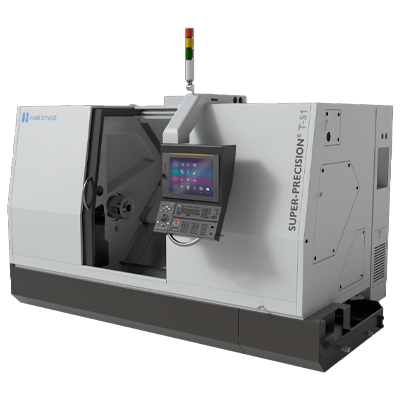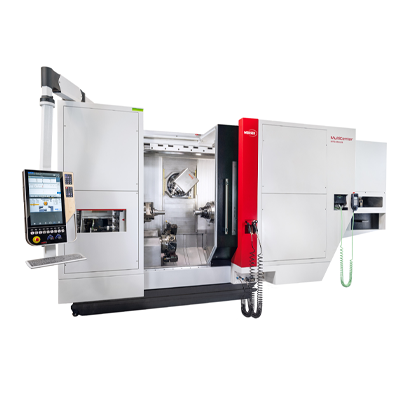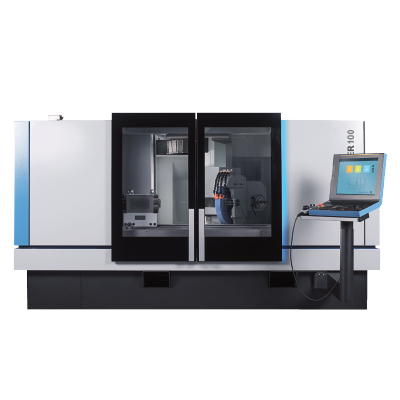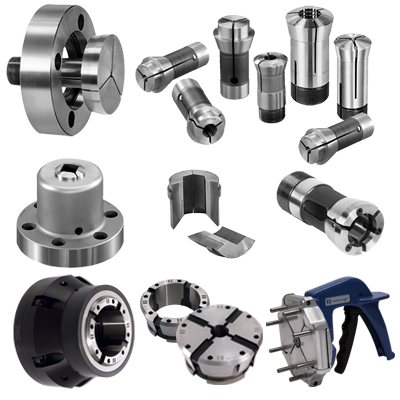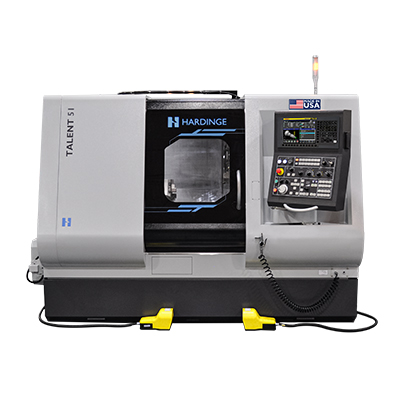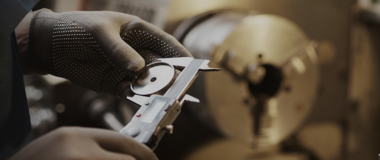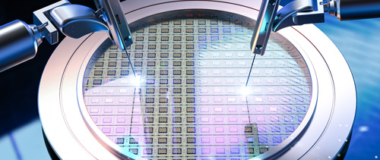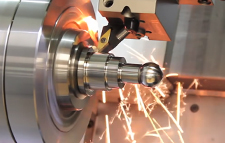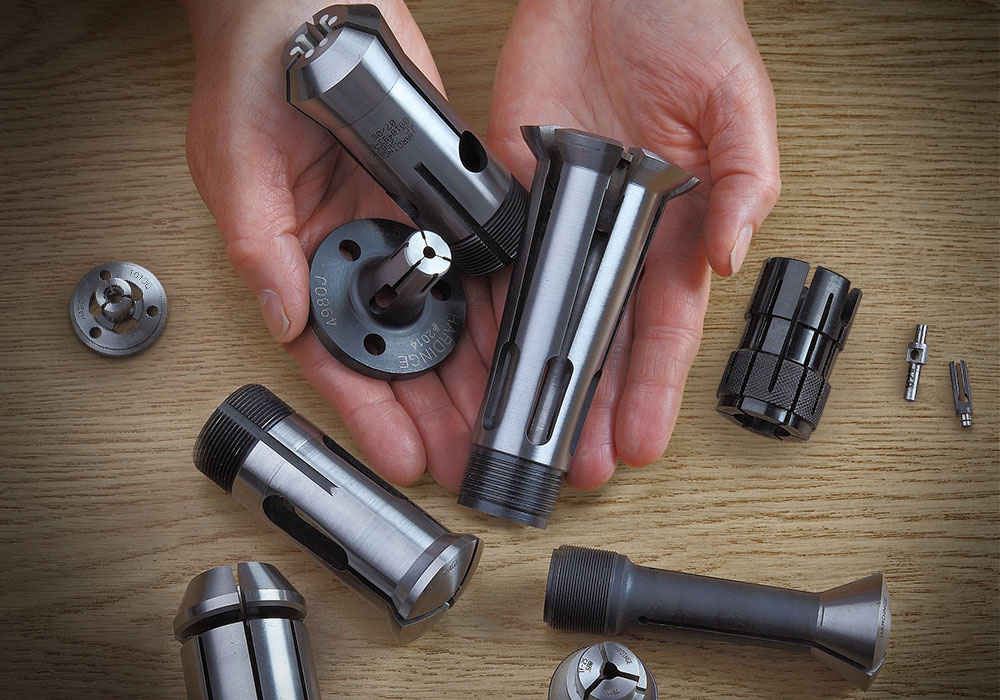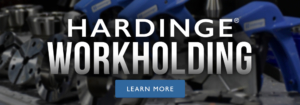Any successful manufacturing process must consider various factors to achieve the desired results. These factors include having a high-quality machine, proper cutting tools, and the correct workholding solution. While often overlooked, focusing on workholding can significantly improve throughput, part quality, and safety. Deploying the optimal workholding solution can help derive your machines’ most value and productivity. This is especially important given today’s demands for short lead times, small batch sizes, and frequent setup changes.
Even with the best cutting tools in the world, your finished product quality will suffer from an outdated, inefficient workholding system. The workholding system must create a solid foundation to withstand intense cutting force, holding workpieces completely rigid and steady for optimal performance. Along with holding the workpiece fixed, the workholding device must also ensure the part is correctly positioned and oriented to the cutting tool to achieve needed accuracy and tight tolerances. Otherwise, the machining process can be degraded by chatter, less tolerance, and damaging vibration, causing premature wearing of cutting tools and scrapping of faulty parts.
Whether for a small prototype shop or a large production facility, selecting the best workholding solution for the application can deliver a competitive edge. For example, flexibility in workholding would be an advantage for job shops that focus on high-mix, low-volume work. In contrast, production shops will want workholding that works with automation systems for increased throughput. Five-axis machining needs specialized workholding that provides access to each side of a workpiece. In all cases, the workholding must capably handle the characteristics of the job, including the workpiece’s material, design, tolerance requirements, shape, and dimensions, along with cycle time, speed, and the cutting force needed.
High Precision Machining Demands High-Performance Workholding
High-performance workholding is especially critical in precise fabricating within a specified tolerance. Various precision manufacturing operations use higher cutting speeds that place more force on workholding equipment, so it needs to withstand the intensity of the machine while ensuring the part remains rigid and stays out of the way of the cutting tool. While clamping the workpiece in a rigidly fixed position is essential, the workholding device can’t deform the piece in the process.
Precision workholding equipment and high-performance tooling enable first-pass machining and finishing operations in the same setup for increased flexibility and throughput, cycling workpieces quickly through production. Precision workholding can optimize the machining of multiple parts at once while maintaining tight tolerances. It can also accommodate interchangeable components and support the latest tooling.
Quick Changeovers Deliver Faster Throughput and Payback
One common drag on job productivity is the amount of effort and time spent on changeovers. Manually changing over workholding to produce a new part can take up to 30 minutes and requires a skilled operator to ensure that workholding accuracies and repeatability are met. Performing this tedious, painstaking process several times during an average workday can cause substantial revenue-producing spindle time to be lost.
Moving from a manual to quick change workholding system can reduce setup times up to 90%, increasing productivity and maximizing machine time. And changing workpieces in a streamlined, highly repeatable manner avoids operator errors and improves the quality of the finished part.
Workholding Solutions Deliver Proven ROI
The investment in a new workholding solution is a relatively inexpensive strategy considering the versatility and savings it can bring to a shop. Updated workholding solutions can reduce costs for materials, labor and maintenance, while improving productivity, part quality and operator safety and performance.
To provide measurable ROI, the new workholding solution should:
- Substantially increase productivity and throughput
- Extend tool life
- Reduce setups and tool changeover times
- Demonstrate improvements in machine uptimes
Though many standard options are available, frequently machining applications can benefit from customized workholding solutions that provide extreme accuracy and high repeatability. Some of these solutions can be highly versatile, comparatively affordable, and easily programmed.
While a customized state-of-the-art workholding system can seem expensive upfront, the acquisition can generate significant additional profit for your business. With 30-40% productivity gains possible, it may be time to discover how upgrading your workholding systems can enhance manufacturing operations and your bottom line.
Why Hardinge?
Hardinge is an industry-leading metal machining provider, providing a broad range of highly reliable and innovative turning, milling, grinding, and workholding solutions. Over the years, we have expanded our technologically advanced collet and workholding options to satisfy a variety of applications and machine types.
For example, our Forkardt division offers advanced custom and highly specialized workholding solutions for the automotive, aerospace and advanced materials markets. These solutions are ideal for applications such as manufacturing aluminum die cast materials and thin-walled components where part deformation is a concern. Some of our most recently improved products offer increased versatility and manufacturing efficiencies as well as reduced set up time.
To shop our workholding products, visit https://shop.hardinge.com/

